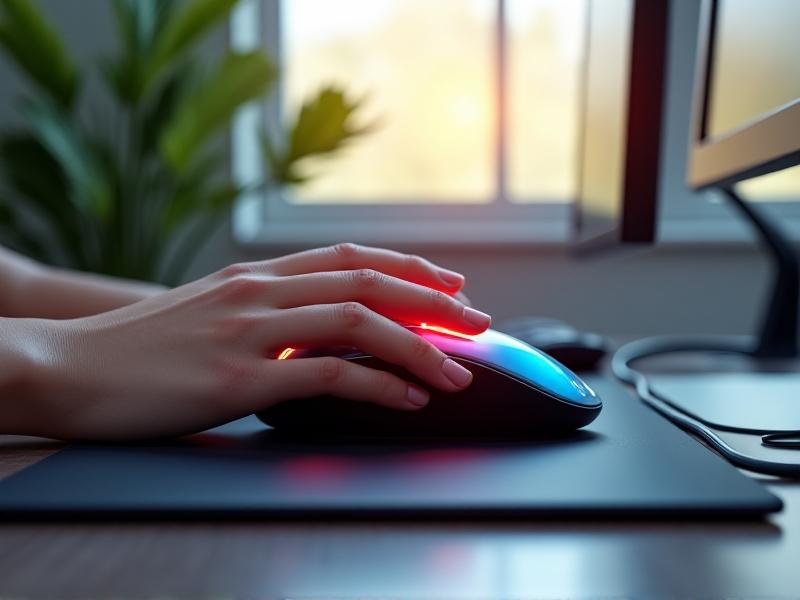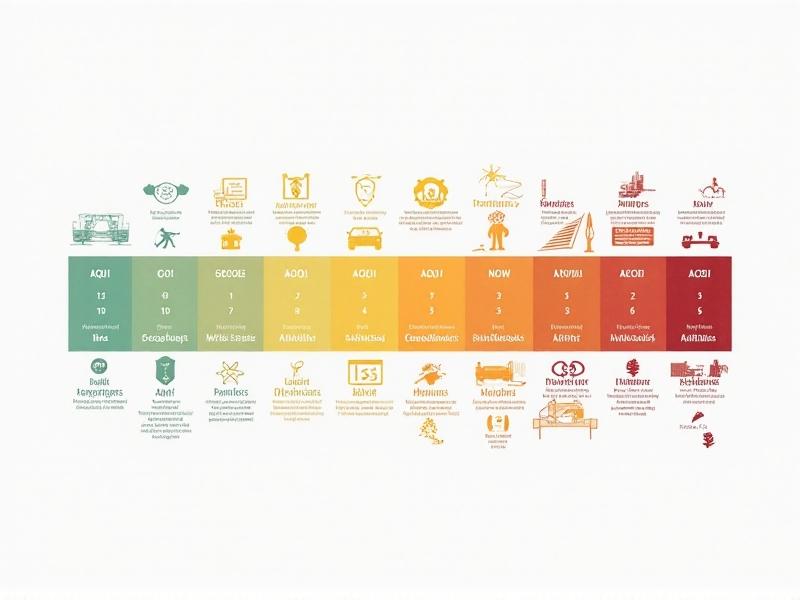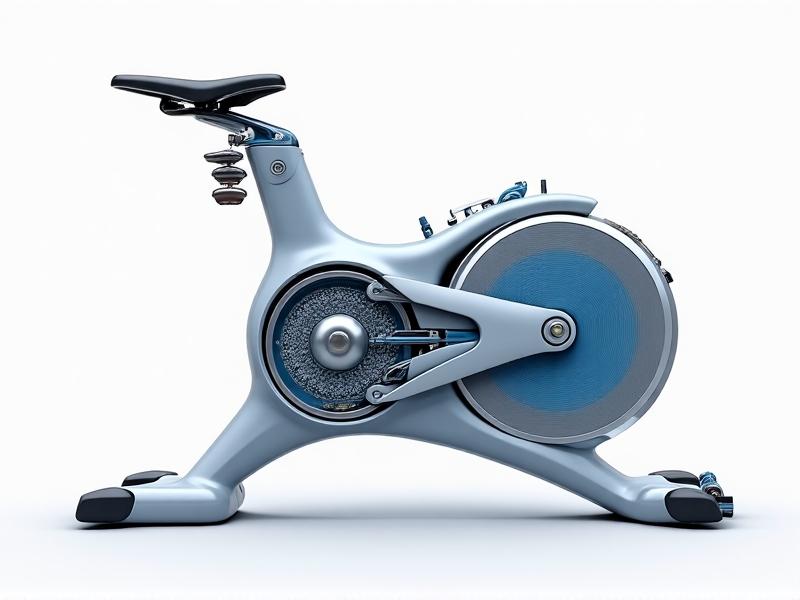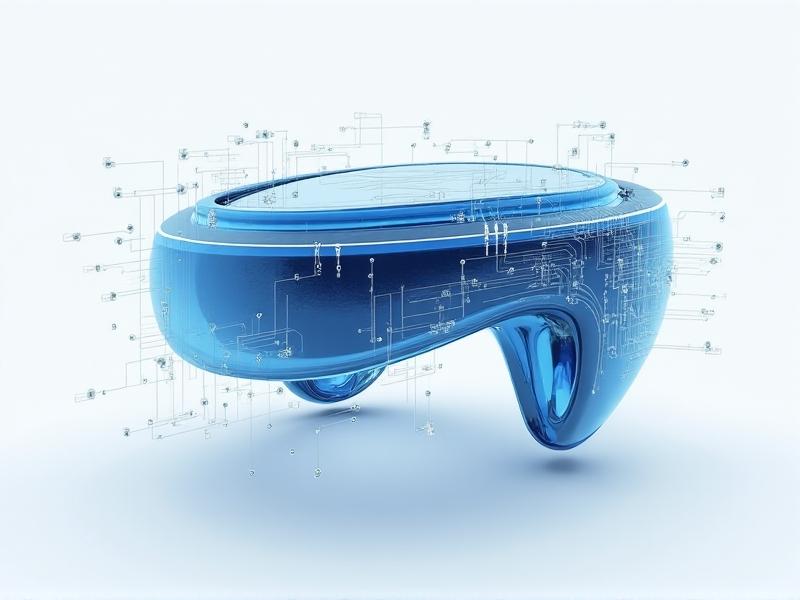Chair-Based Progressive Muscle Relaxation
Understanding Chair-Based Progressive Muscle Relaxation
Chair-Based Progressive Muscle Relaxation (CBPMR) is a tailored adaptation of traditional PMR, designed for individuals who spend prolonged periods seated or have mobility limitations. Unlike conventional PMR, which often requires lying down, this method uses a stable chair to guide users through systematically tensing and releasing muscle groups. The practice roots itself in the principle that physical relaxation can cascade into mental calmness, making it accessible to office workers, travelers, or anyone seeking stress relief without leaving their seat.
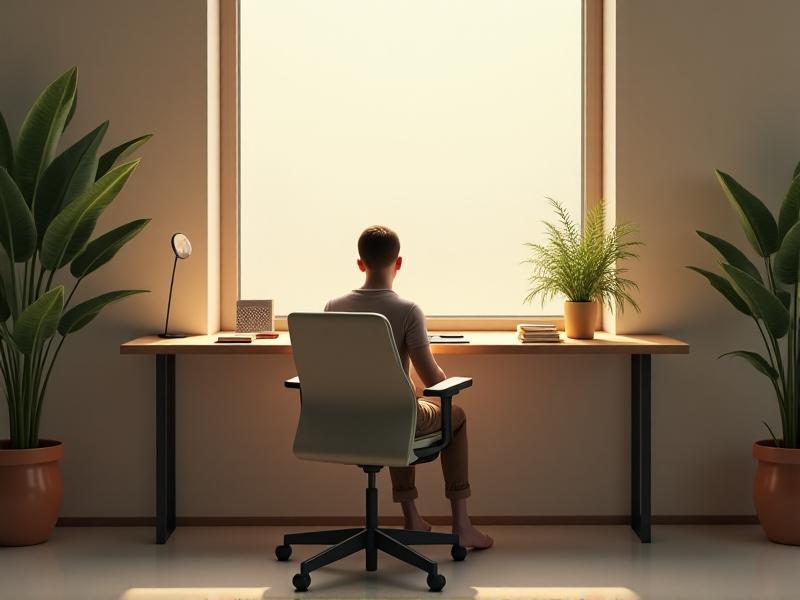
The Science of Stress and Muscle Tension
Chronic stress triggers the body’s fight-or-flight response, leading to sustained muscle tension that exacerbates discomfort and fatigue. Research shows that deliberate muscle contraction followed by release interrupts this cycle, lowering cortisol levels and activating the parasympathetic nervous system. CBPMR leverages this mind-body connection, offering a practical tool to counteract the physical manifestations of stress, particularly for those in sedentary environments.
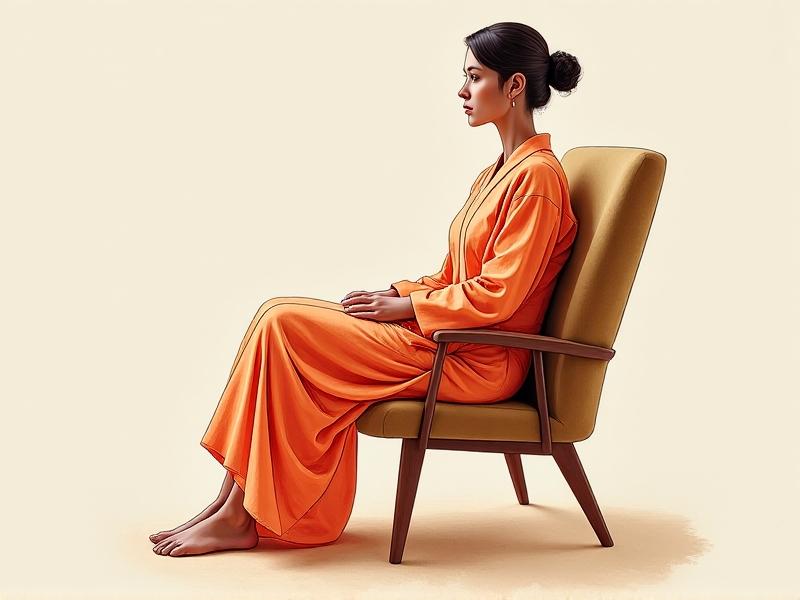
Step-by-Step Guide to CBPMR Techniques
Begin by sitting comfortably with feet flat and hands on thighs. Close your eyes and take three deep breaths. Starting with the feet, curl toes upward to tense the muscles for 5 seconds, then release. Move upward, targeting calves, thighs, glutes, abdomen, hands, arms, shoulders, neck, and face. Hold each tension phase without straining, focusing on the contrast between tightness and relaxation. Spend 10–15 minutes progressing through each group, ending with full-body awareness.
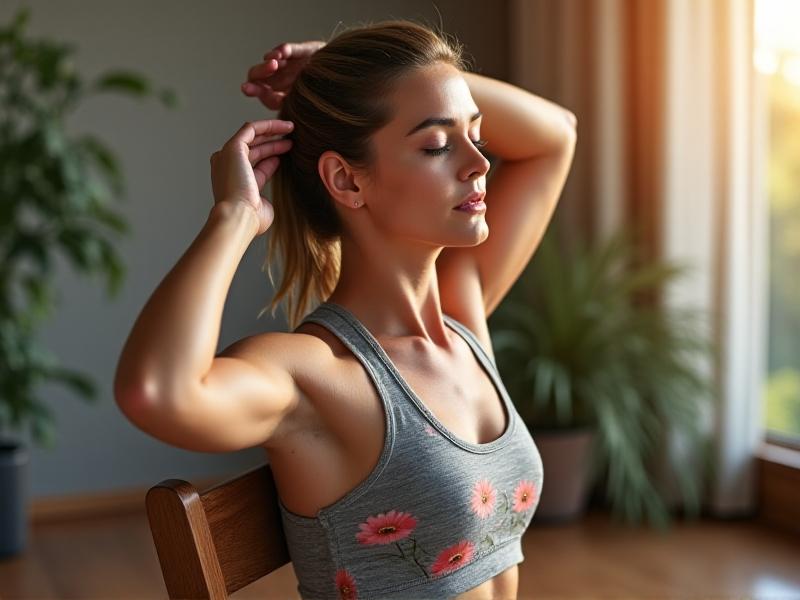
Customizing CBPMR for Individual Needs
For those with arthritis or limited mobility, reduce tension intensity or skip sensitive areas. Time-constrained individuals can focus on high-tension zones like shoulders and jaw. Pairing CBPMR with visualization—imagining warmth spreading with each release—enhances depth. Alternately, incorporate rhythmic breathing: inhale during tension, exhale during release.
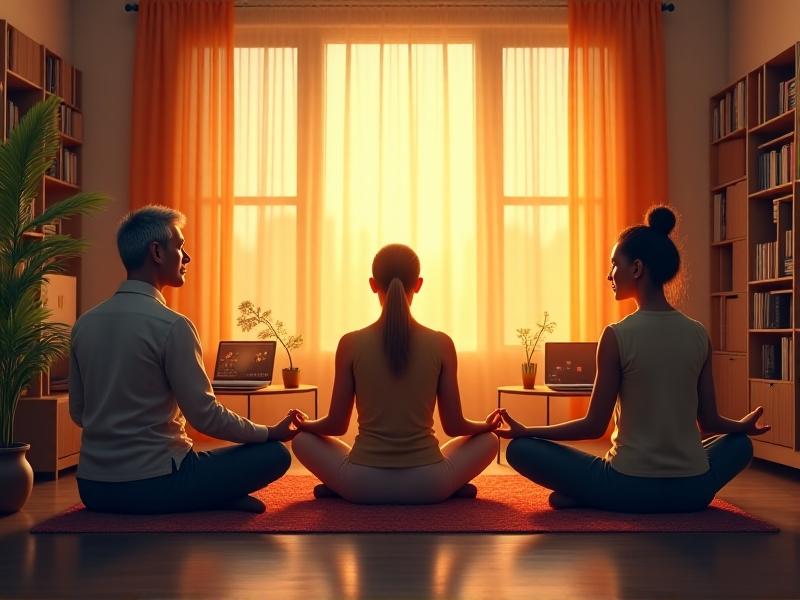
CBPMR: A Lifeline for Office Workers
Desk-bound professionals often develop 'tech neck' or lower back stiffness from prolonged sitting. A 2021 study found that CBPMR reduced self-reported musculoskeletal pain by 34% in participants who practiced twice daily for a month. Micro-sessions—even 5 minutes hourly—can reset posture and mental focus, mitigating the toll of repetitive tasks and screen fatigue.
Building a Sustainable CBPMR Routine
Consistency thrives on habit stacking: pair CBPMR with existing rituals like morning coffee or post-lunch breaks. Track progress via apps or journals, noting reductions in headache frequency or improved sleep. For resistance, start with one muscle group daily, gradually expanding as comfort grows. Ambient sounds or guided audio can anchor focus during initial sessions.
CBPMR Beyond the Chair: Real-World Applications
While ideal for office settings, CBPMR adapts to commuter trains, waiting rooms, or conference halls. Discreet techniques—clenching fists under a table or rolling shoulders during calls—maintain privacy. Teachers, healthcare workers, and caregivers report using CBPMR to decompress between tasks, proving its versatility across high-stress roles.
Embracing CBPMR as a Lifestyle Shift
Chair-Based PMR isn’t a quick fix but a sustainable skill. Over time, practitioners develop heightened bodily awareness, catching tension before it escalates. By normalizing mini relaxation bursts, CBPMR reframes stress management as an accessible, ongoing practice—one chair session at a time.


